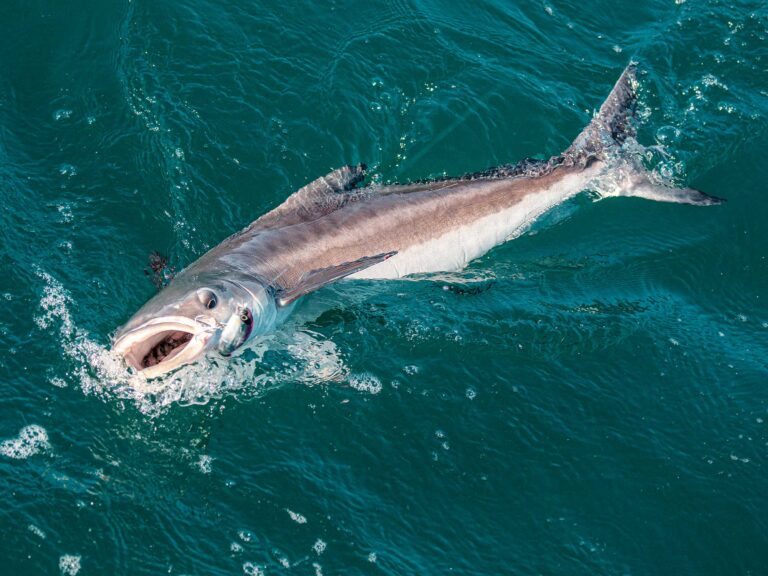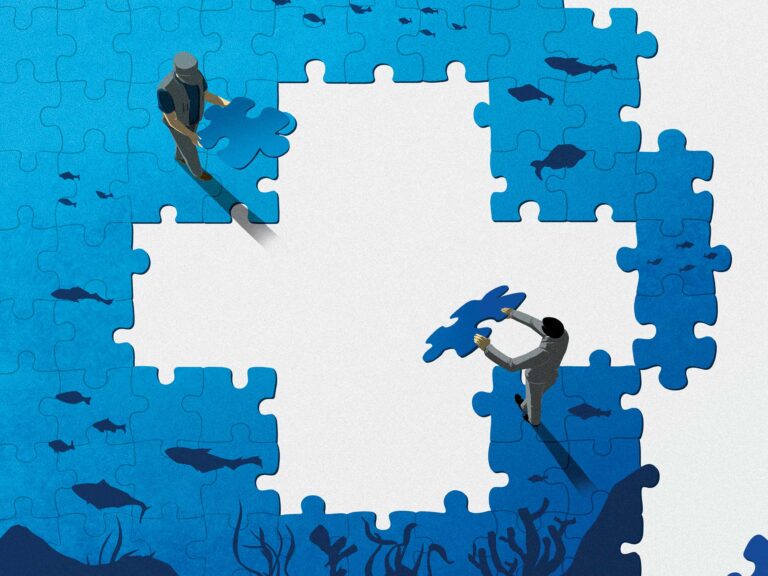Back when I was growing up, it seemed amazing that Detective Dick Tracy had a wristwatch that was also a two-way radio. If they ever invented something like that, it would be so cool. Sixty years later, we have blown far past that, and sophisticated technology is now commonplace. No one would think twice about talking into a wristwatch, other than to say that it’s old-fashioned.
For the recreational-fishing industry, good and current data about catch and effort has been a real struggle. Anglers do not have to clear their catch through a licensed dealer. They do not all land at the same public docks. Some anglers fish from shore and go to great lengths to stay away from the crowds. Some leave and return to their own docks at all times of the night and day. So capturing a broad-based sample of recreational fishery has always been difficult.
In the past, there have been a few attempts to have anglers play a direct role in gathering this data. Most of those were before the proliferation of handy platforms like smartphones. Today, it would be highly unlikely that someone would be without a smartphone while fishing anywhere along our coastline. Employing that capacity to enhance fishery managers’ understanding of recreational catch makes sense.
So along came the Snook and Gamefish Foundation, founded by Dr. Bill Mote, who also started Mote Marine Laboratory. This research lab has been instrumental in restoring several game-fish species to Florida waters. A secondary offshoot of the foundation was the Angler Action program, where anglers recorded their catch by species, location, size and whether the fish was kept or released. Mote firmly believed that “the future of fishing is in the hands of informed anglers who will take steps to enhance, not just protect, game-fish species.”
Fast-forward to present day, and we see a vision that started a program of anglers recording catches with a written form that was then uploaded to a database. As a local program, this effort helped with the snook and other game-fish assessments after the disastrous freeze in Florida a number of years ago. While the form- and computer-upload ability still exists, those on the water now have the option of using even more-advanced technology for recording catch data. Rick Roberts, the executive director of SGF explains, “The iAngler phone apps are another step in productive communications between recreational anglers and fishery managers.”
The developers of the iAngler mobile application realize that this whole program is just beginning. Joshua Norrid — co-founder of Elemental Methods, the program developer — made it clear: “iAngler is not just an app. It is but the first step in a bold vision to develop and foster a more active and informed community that transcends science, fisheries management, and anglers everywhere who love the work that they do and are willing to embrace the future. It gives us great pride to know that the technology platform that we helped create is making it easier to better understand our planet and to preserve the various species that inhabit its farthest reaches.”
This program also comes at a time when NOAA Fisheries is putting a lot of effort into rebuilding their systems to collect recreational data. The new Marine Recreational Information Program is close to being fully functional, and the iAngler app for the Angler Action program should be a good addition to this effort. Obviously, it requires a broad rollout to be truly effective. The foundation is working with NOAA’s MRIP team to help standardize the information that comes in. In the Gulf, another program called iSnapper has been developed by the Harte Research Institute to help control the party/charter red snapper catch.
In the past, much of the information — such as vessel trip reports required in some fisheries, under the old Marine Recreational Fishing Statistical Survey — had formatting problems or was largely unused. To many who made the effort to submit this information, it was frustrating that it did not get used. It would seem to make a great deal of sense to standardize all the data requirements across the states and federal uses. Then we can begin to build a real-time database that will give a true picture of recreational fishing’s catch and impact on the resource.
iAngler, iSnapper and others are just in the early stages, but are the kind of programs that get anglers involved in their own destiny, which is a good thing. Who knows what the next 60 years will bring? But we are on the front end of technology that should be able to help us improve our fishing.









